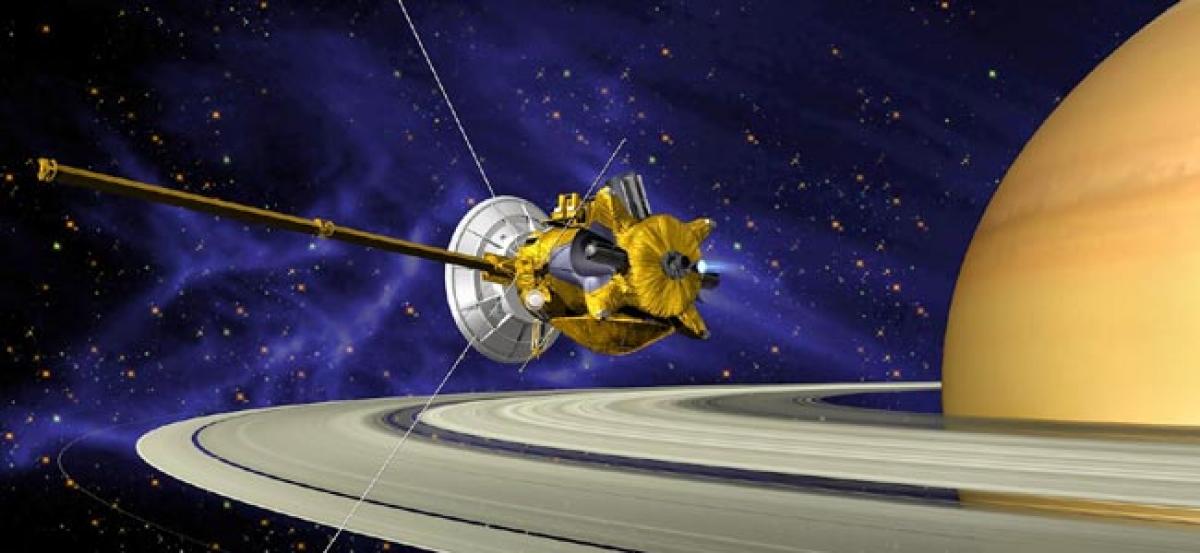Live
- Pani releases on Sony LIV on 16th January; Joju George’s directorial debut explores loyalty, justice and truth
- Free Fire Max Redeem Codes for January 10: Get Exclusive Rewards
- Smell fresh with these top perfume picks for 2025!
- AP CM Chandrababu inaugurates NAREDCO property show
- Thoughtful and Unique Lohri Gifting Ideas to Spread Warmth and Cheer
- Asha Workers Stage Protest at Jadcherla MLA Camp Office, demanding hike in salary and other employee benefits
- Surprising Health Benefits of Eating Sprouts
- Purandareswari Emphasizes Cultural Education at YN College Diamond Jubilee Celebrations
- Andhra Pradesh Real Estate: Emerging Cities to Invest in 2025
- National Youth Day 2025: Celebrating Youth Empowerment and Swami Vivekananda’s Vision









